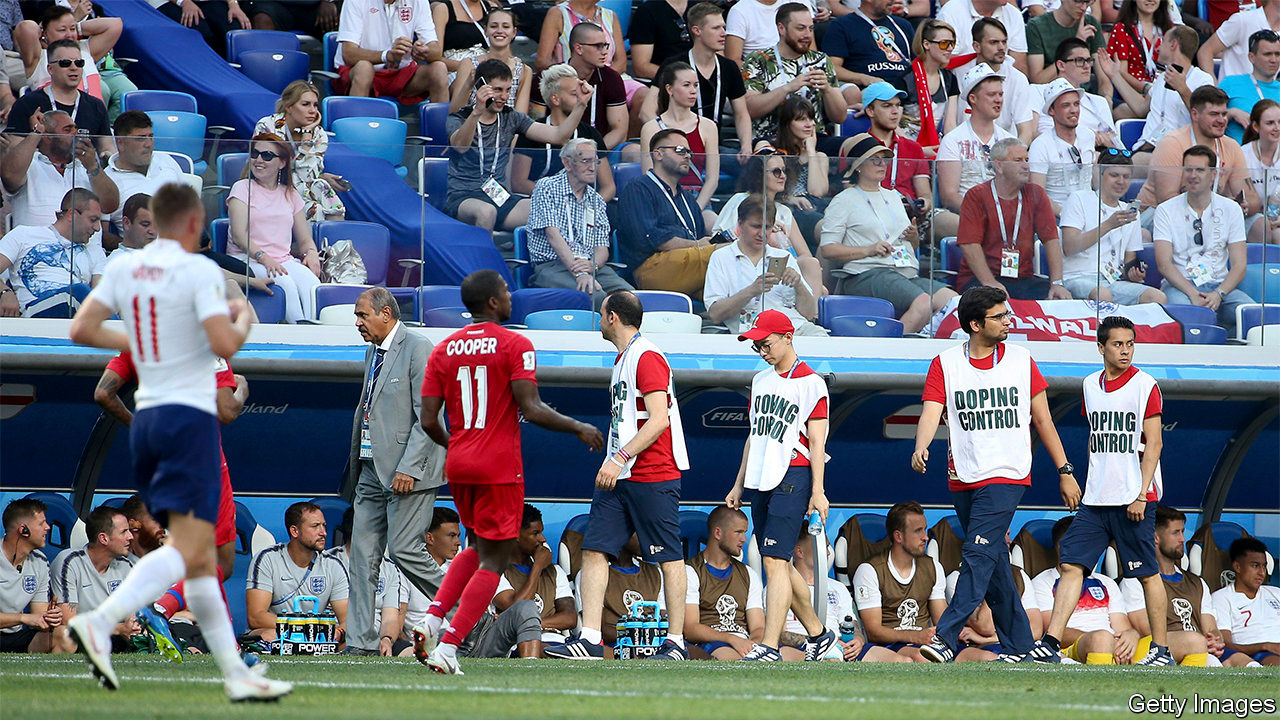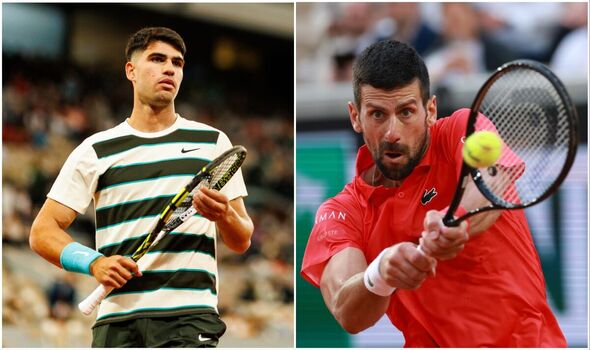THE FOOTBALL World Cup and the Olympic games have long vied for the title of the world’s biggest sporting event. The marquee competitions for many of the planet’s most popular athletes are watched by nearly half of humanity, and generate more revenue than the annual GDP of one-quarter of the world’s countries (roughly $ 9bn for the 2016 Olympics in Brazil, and a projected $ 6bn for the current World Cup in Russia). Yet with so much on the line, there seems to be a vast gap in how willingly competitors in the two events use performance-enhancing drugs (PEDs).
During the past decade, more than 200 athletes have failed doping tests at the Olympics. An anonymous survey of competitors at the 2011 World Athletics Championships suggested that at least 30% of them had used banned substances in the previous year. By contrast, the last time a player at the World Cup was caught using PEDs was in 1994, when Diego Maradona, Argentina’s biggest star, tested positive for five variants of ephedrine, a prohibited stimulant. Every footballer at the…Continue reading
Culture




